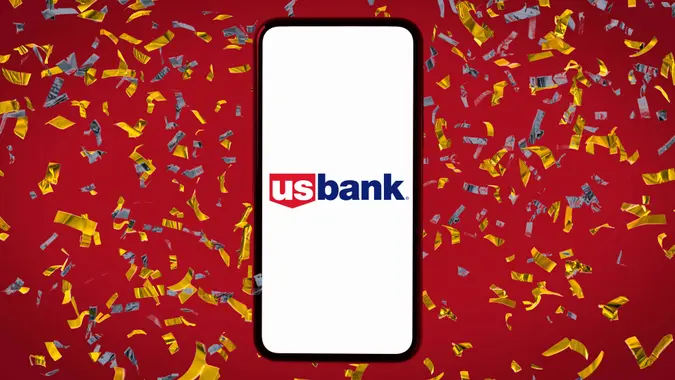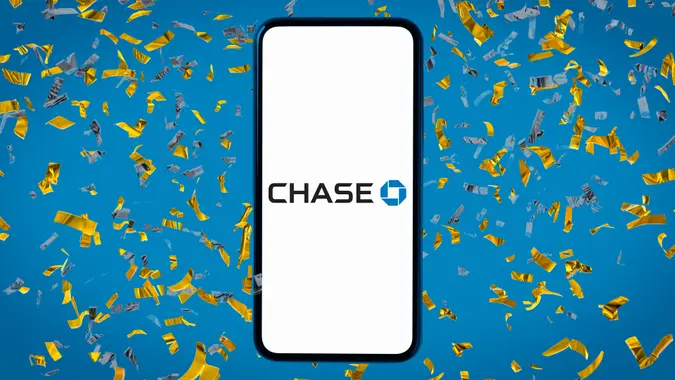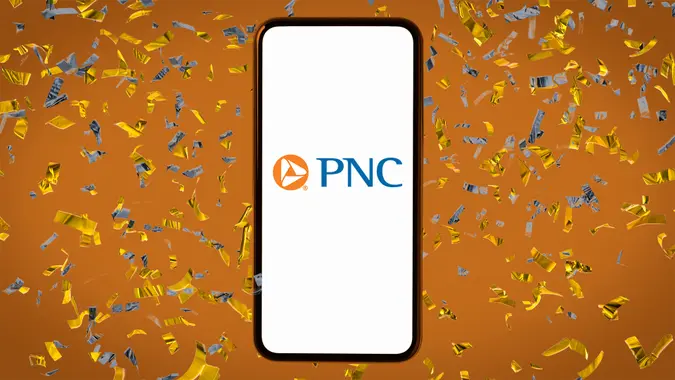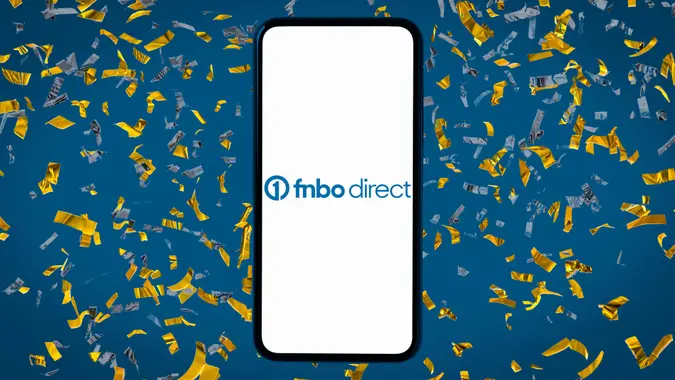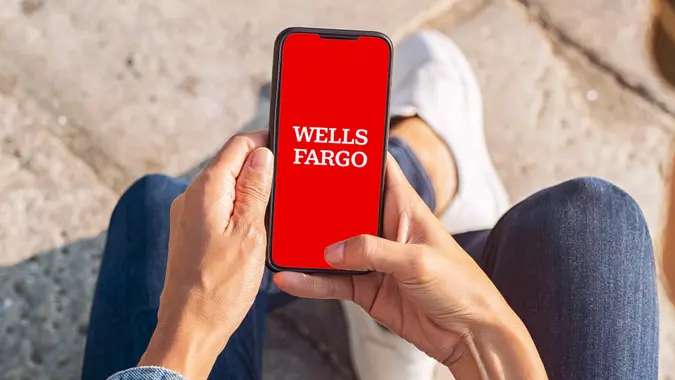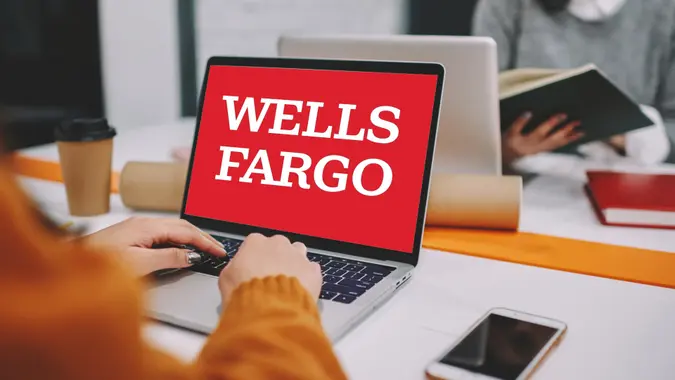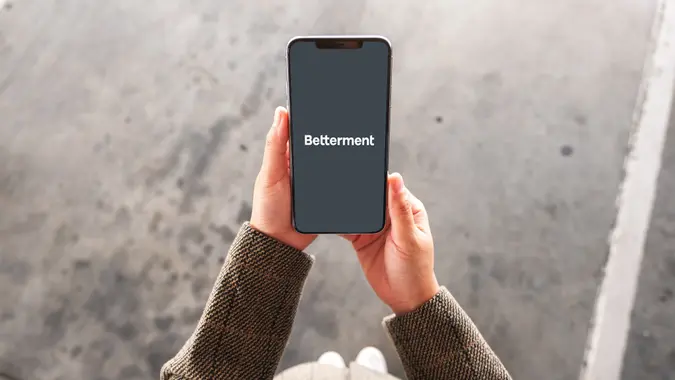Advertiser Disclosure
GOBankingRates works with many financial advertisers to showcase their products and services to our audiences. These brands compensate us to advertise their products in ads across our site. This compensation may impact how and where products appear on this site. We are not a comparison-tool and these offers do not represent all available deposit, investment, loan or credit products.
Here’s How Much Banks Collect in Overdraft Fees and How To Prevent It From Happening To You
 Written by
Brooke Barley
Written by
Brooke Barley

Commitment to Our Readers
GOBankingRates' editorial team is committed to bringing you unbiased reviews and information. We use data-driven methodologies to evaluate financial products and services - our reviews and ratings are not influenced by advertisers. You can read more about our editorial guidelines and our products and services review methodology.

20 YearsHelping You Live Richer

Reviewed by Experts

Trusted by Millions of Readers
In 2019, banks collected more than $11 billion in overdraft-related fees, according to the Center for Responsible Lending. On average, the typical overdraft fee is around $35, which can add up quickly when applied to multiple purchases. Experts expect that fees grew tremendously in 2020 amid the COVID-19 pandemic that left millions of people unemployed.
During the pandemic, 45% of consumers have reached out to their bank to see if there’s some way to waive or lower these fees, but getting an answer may take a long time or never happen at all.
Opt Out of Automatic Overdraft Fees
The Consumer Financial Protection Bureau says those who opt in to overdraft fees end up paying fees on at least 10 purchases a year. If the average overdraft fee is $30 per transaction, that’s an extra $300 a year you’re handing over to your bank.
Overdraft fees are not mandatory, however; you have to agree to them. Scott Nelson, the CEO of MoneyNerd, said the easiest way to prevent overdraft fees is by opting out of them with your bank or credit union.
“You might end up in the embarrassing situation of not having the funds to complete a payment for something, but it means you won’t be charged by your bank for overdrawing, either,” Nelson said.
Set Up Checking Account Alerts
Nelson advises consumers to turn on mobile alerts when their account goes below a certain balance. Typically, banks allow you to customize this amount to fit your needs. This allows you to make a plan to tighten spending until payday or potentially move money from your savings account to cover incoming bills.
Link Another Account to Your Debit Card
The Federal Deposit Insurance Corporation recommends linking a savings account or a credit card to your checking account that can be accessed if you buy something that exceeds the funds in your account. The FDIC cautions that some banks may charge a small fee for this service. If that’s off-putting, you can contact your bank to see if they have any similar programs that might be free.
Keep a Cushion Balance
Nelson recommends never actually hitting $0 in your account, and instead always have a little cushion to fall back on.
“Try to think of your ‘$0 balance’ as actually around $50. If you’re ever transferring funds out of your checking account, don’t go below your ‘0 balance,'” Nelson said.
Use an Account That Doesn’t Charge Overdraft Fees
Yes, accounts without overdraft charges do exist! “It’s mad that some people are still paying overdraft fees when you can set up accounts which don’t charge you!” Nelson said.
Some banks like Chime offer a program called SpotMe that allows you to make purchases that exceed your current funds up to $100. Instead of an overdraft fee, SpotMe simply takes the amount you spent out of your next deposit.
Nelson recommends Varo, a bank that allows you to overdraw your account up to $50 with no fees or interest charges.
More From GOBankingRates
Share this article:




You May Also Like

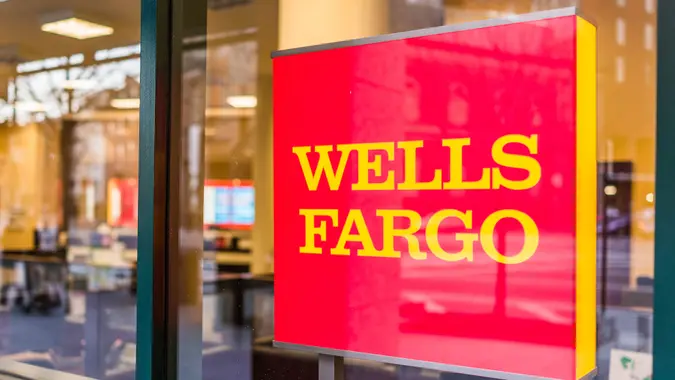

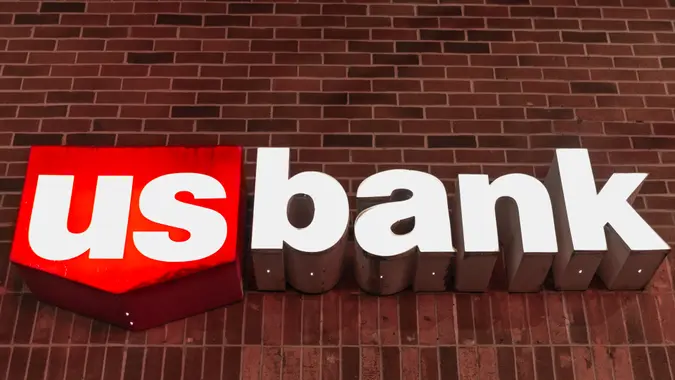
Make your money work for you
Get the latest news on investing, money, and more with our free newsletter.
By subscribing, you agree to our Terms of Use and Privacy Policy. Unsubscribe at any time.


Thanks!
You're now subscribed to our newsletter.
Check your inbox for more details.



Sending you timely financial stories that you can bank on.
Sign up for our daily newsletter for the latest financial news and trending topics.
For our full Privacy Policy, click here.
Looks like you're using an adblocker
Please disable your adblocker to enjoy the optimal web experience and access the quality content you appreciate from GOBankingRates.
- AdBlock / uBlock / Brave
- Click the ad blocker extension icon to the right of the address bar
- Disable on this site
- Refresh the page
- Firefox / Edge / DuckDuckGo
- Click on the icon to the left of the address bar
- Disable Tracking Protection
- Refresh the page
- Ghostery
- Click the blue ghost icon to the right of the address bar
- Disable Ad-Blocking, Anti-Tracking, and Never-Consent
- Refresh the page
